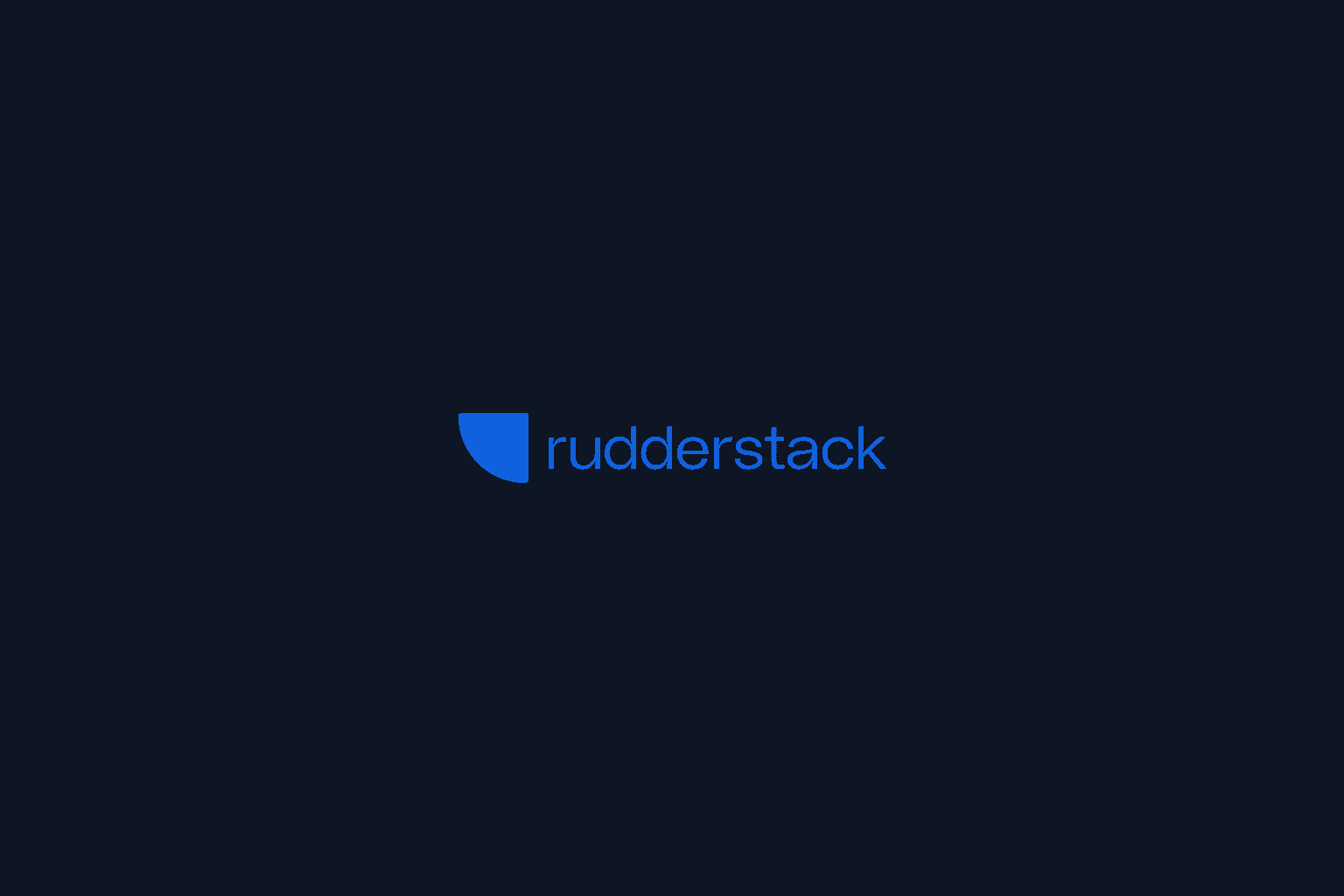RudderStack is the warehouse‑native CDP that runs on your data cloud, not a black box. It lets product and data teams collect customer events across web, mobile, and cloud apps (Event Stream), transform them in‑flight, unify identities and features into a transparent Customer 360 in the warehouse (Profiles), and activate enriched data to 200+ downstream tools via Reverse ETL.
You keep end‑to‑end control of schemas, privacy, and data governance and your measurement stays where it belongs, in the warehouse.
RudderStack’s product surface spans Event Stream, Transformations, Activation, Governance and hundreds of integrations. Signals pour in from sales calls, support tickets, OSS threads, and long‑form docs. Most of it is unstructured, creating triage backlogs and long review cycles.
RudderStack piloted Typedef’s warehouse‑native context layer and a deep‑research triage agent that runs inside Typedef. The agent classifies new requests, links to prior work, cites strategy, and proposes a decision, so PMs can approve in one pass.
“It gives us more confidence to make difficult prioritization decisions.” Eric Dodds, Head of Product, RudderStack
The problem: triage across a vast, noisy surface
- Evidence exists—PRDs, strategy docs, tickets—but it’s scattered across systems.
- Unstructured inputs dominate (~90%), overwhelming generic chat workflows.
- Mapping to a wide, evolving taxonomy is slow and error‑prone.
- The warehouse is out of the day‑to‑day loop, so context is stale at the point of decision.
- Prior LLM/MCP experiments helped, but low SNR + heterogeneous inputs meant constant prompt steering and brittle outcomes.
Build vs. buy
RudderStack explored extending internal LLM/MCP prototypes. The team wanted explainable decisions, a closed‑loop with Linear, and a context layer that stays fresh as docs and tickets change. They chose Typedef for:
- Agent included. A maintained triage & deep‑research agent with Linear write‑back, scheduling/monitoring, and MCP tools. No extra agent framework.
- Context, not just chat. Unstructured artifacts land in the warehouse, get semantically indexed, and link to an enriched product taxonomy.
- Explained decisions. Every suggestion cites why (docs, tickets, strategy); PM edits feed back.
- Fits the existing stack. Pulls from warehouse + Notion; writes decisions/rationales to Linear.
How it works
1) Ingest & normalize
- Warehouse: support ticket threads and sales‑call transcripts; accounts, segments, usage.
- Docs: current product docs (site scrape), Notion PRDs and strategy.
2) Semantic context model
- Infer and enrich a product taxonomy from docs.
- Map tickets / issues / PRDs / strategy ↔ taxonomy; create semantic links (Issues ↔ PRDs) with citations.
3) Tools & agent loop
- Expose retrieval via MCP tools for ad‑hoc research.
- Subscribe a Typedef triage agent to Linear events. On each new FR, the agent:
- Classifies to taxonomy
- Surfaces related/dupes and strategy references
- Pulls prospect & support signals
- Proposes Prioritize / Monitor / Decline with rationale; writes back and sets Under Review
4) Persistence & analytics
- Store mappings, rationales, and decisions in the warehouse for acceptance/time‑saved dashboards and de‑dup hit rates.
Proving out one‑pass, explainable triage
What mattered to RudderStack
- Accuracy and explainability at scale
- Fast decision loop inside Linear (low PM time per triage)
- Operational fit: warehouse‑native context, MCP tools, and reliable write‑back
How we delivered
- Subscribed the Typedef triage agent to new Linear FRs
- Measured end‑to‑end time from issue creation → “Under Review” write‑back
- Tracked first‑pass category acceptance, de‑dupe/related‑link recall, and rationale quality
- Persisted all mappings/rationales to the warehouse for acceptance and time‑saved dashboards
What we saw
- ~95% reduction in PM time per triage
- ≥90% first‑pass category acceptance
- Citations enabled: prospect & community signals surfaced directly in Linear
- Faster follow‑ups (reach, impacted accounts, volumes)
- The current bottleneck is input breadth, not inference nor PM bandwidth
Why it held up
- Warehouse‑native and documentation context kept the taxonomy current with doc changes
- Semantic links (Issues ↔ PRDs) provided explainability, higher accuracy and faster reviews
- Linear write‑back and a lightweight HIL loop kept PMs in flow
"I wake up every morning and get a list of five things that are worth my time to look at; that’s a game‑changer.” David Daly, Product (Integrations, SDKs & Transformations), RudderStack
Unlocking more coverage and confidence
Now that one‑pass, explainable triage is baseline, RudderStack will fold prospect signals (Gong transcripts and Salesforce opportunities) and business strategy docs into Typedef’s warehouse‑native context so every Linear rationale is forward‑looking and cited.
And of course, Typedef will keep the triage agent always‑on, classifying, linking to PRDs, and writing back at scale as they expand coverage across tickets and integrations.
“It changed the way I think about feature requests… now we can double or triple the number of things that come through and still are able to process it." Eric Dodds, Head of Product, RudderStack
Interested in learning more? Reach out for a demo!
